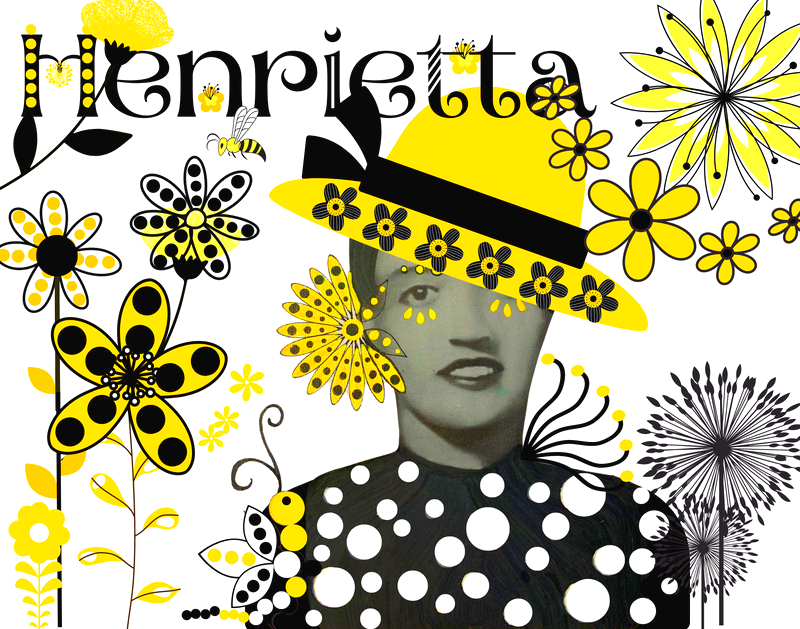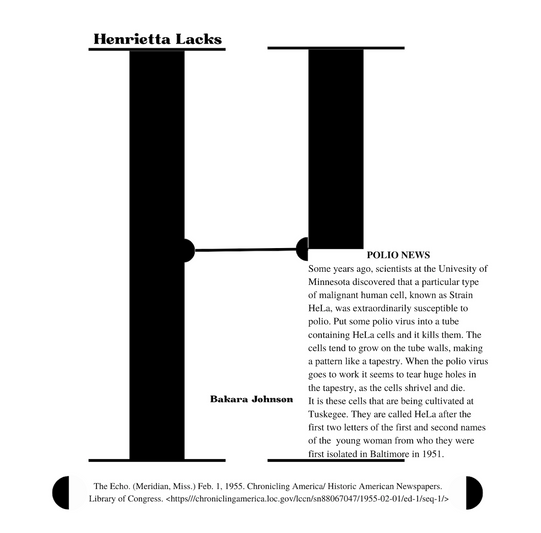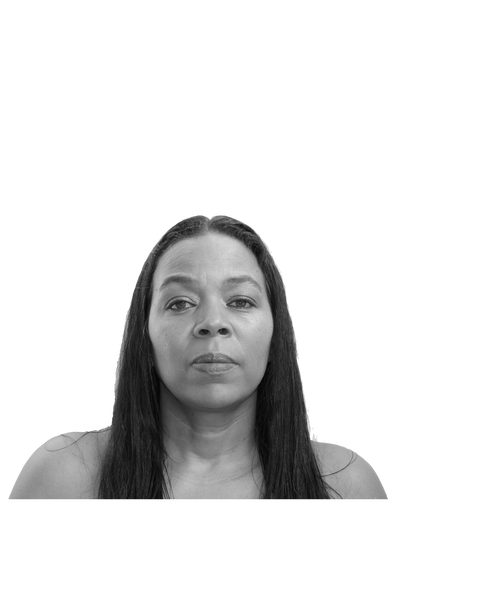About me
Bakara Johnson
PHOTOGRAPHER + MIXED MEDIA ARTIST + DANCER + POET + HISTORIAN + CLOTHING DESIGNER
Bakara Johnson is an experienced editor in state-federal public policy. She holds an AAS degree in business technology, a BA degree in English, and an MPS in digital publishing, all of which are honorable achievements, but she is shifting paths to nurture her artistic abilities. She wants to pursue a career in advocacy through creative visual and mixed-media art, focusing on incubating public projects and work as a practicing artist. Bakara is a photographer, dancer, poet, mixed-media artist, and clothing designer in her spare time, where she continues to hone her creative energy.
In honing her talent, Bakara has participated in the art workshops at the Smithsonian National Museum of African Art—Studio Arts Department Community Outreach program, which covered a range of visual art forms, including drawing, painting, fiber arts, Kente cloth weaving, silk screen printing and beading. Bakara's goal was to develop a distinct artistic style.
Bakara's work includes imagery inspired by nature, Black American descendants of enslaved people, Black American history and social influences to reflect new authentic approaches to storytelling. Her most recent artistic endeavor has been focused on nature photography, specifically flowers. She uses the metaphor of giving Black people their flowers to honor important Americans in the Black community while they are still living, as well as to honor the ancestors who have influenced her artistry.
Flower Pics
Artist-in-residence proposal
If accepted into the Coleman Center for the Arts' artist-in-residence program, Bakara plans to celebrate Henrietta Lacks by exploring creative and revolutionary interpretations of flowers. She plans to create a critical commentary on the HeLa cell line and Henrietta Lacks' unwitting contribution to the fabric of science—humanity. This work's subject matter is motivated by a desire to give Henrietta Lacks her flowers.
Bakara is thrilled at the prospect of forming new connections and friendships with the Coleman Center for the Arts. In the spirit of continuity and future developments that she hopes to find in York, she is inspired by learning about different cultures, exploring new environments, and fostering progressive ideas.
Project Development
Proposed residence session, from April 8 to April 21.
The working project title: "A Portrait of Henrietta Lacks."
- At the beginning of the residency, Bakara will introduce herself to the community with an informal presentation sharing her previous works and light refreshments.
- In practice, Bakara plans to use a combination of experimental and traditional photography, paint pouring, fabric manipulation and mixed-media techniques to present A Portrait of Henrietta Lacks.
- Using the themes of transformation, adaptation, and elements of blooming, Bakara aims to create six pieces of work.
- Each art piece will be carefully planned and created as an intricately layered construction to give it a hyper-real quality.
- Aesthetically, Bakara's pieces will create a background vision of natural beauty when she references Henrietta Lacks as a way to embrace the endurance and resilience required to be Black in America.
- Bakara's aims to create an engaging and stimulating visual environment through lines, color, texture and form.
- She will also explore subtle color changes, shadows, composition, methods of application, canvas surface preparation, and more.
- If time permits, Bakara will host a flower-making workshop to produce bookmarkers out of fabric.
Fusing art into everyday life necessitates creative exploration, new artistic mediums and techniques, which provide opportunities to learn and achieve a high-quality aesthetic of artistic believability. Bakara is an artist who follows her intuition and honors her ancestors—the primary influences for this body of work.

Mixed Media
Who is Henrietta Lacks?
Henrietta was born Loretta Pleasant (family members are unsure of the origin of Henrietta). Shortly after her mother passed away, giving birth to her tenth child, her father and his ten children moved to Clover, Virginia, where their relatives lived and their ancestors had worked as slaves. There, Lacks' father separated his children to be raised among relatives. Henrietta was sent to be raised by her grandfather on his tobacco farm, where David "Day" Lacks was also being raised. She married David several years later, and they had five children.
A family friend found employment in Baltimore, Maryland, and was able to do the same for David. He left tobacco farming for a new start at Bethlehem Steel and made his home in the Turner Station district of Dundalk, Maryland. Several months later, he sent for Henrietta and his children.
Ron Lacks, Henrietta and David's eldest grandson, recounts in his biography--Henrietta Lacks The Untold Story--how his grandparents were a hardworking middle-class black family that owned and operated a business—Caesar's Meat Palace—which, by his account, was very successful.
Mrs. Lacks was 30 years old and suffering from severe vaginal bleeding and pelvic pain. She sought treatment as an out-patient at the Johns Hopkins University Hospital gynecology clinic, one of only two hospitals in 1951 that accepted Black patients. Henrietta Lacks was diagnosed with cervical cancer. Her cancer treatments were provided at no cost to her or her family; however, under the guise of doctors seeking a cure, she was unknowingly subjected to experimental treatments such as harsh radiation therapy in her cervix. Mrs. Lacks' cancer cells were harvested without her permission and given to Dr. George Gey, who cultivated them for medical experiments. During her treatment, Mrs. Lacks was led to believe that she was cancer-free, a practice doctors called "benevolent deception," but a few weeks later, she was admitted to the hospital, unable to walk. Shortly after being admitted, Henrietta Lacks died of cervical cancer on Oct. 4, 1951.
What happened to Henrietta Lacks and her cells?
In the 1950s, medical professionals and hospitals did not practice securing the identity of research participants. Still, when some members of the press came close to locating Mrs. Lacks' family, Gey, who held and grew her cells in his lab, created pseudonyms to conceal the fact that the cells belonged to Henrietta Lacks. Gey coined the code name HeLa, which stands for the first two letters of Henrietta and Lacks. He also used the aliases Helen Lane and Helen Larsen to confuse the journalists.
Henrietta Lacks' real name was not leaked until the 1970s when a group of scientists tracked down her husband David and other relatives to take DNA samples with hopes that they could use the family's DNA to make a map of Henrietta's genes. There had been contamination in their lab and they needed to determine which cell cultures were HeLa and which were not. The family was unaware that Henrietta's cells had been harvested and cultivated for scientific use.
To write Henrietta's story, journalist Rebecca Skloot was given access to Mrs. Lacks' medical records and conducted interviews with the Lacks family and doctors. The Immortal Life of Henrietta Lacks, published in 2010, tells the story of how scientists took cancerous cervical cells from a black woman without informing her or her family and how the cells evolved into a scientifically significant and commercially lucrative cell line. Skloot's biased depiction of the Lacks family as a poor and uneducated Black family spotlighted promiscuity, incarceration and mental illness without any explanation of its relevance to her narrative. During an interview with the Lacks family, Skloot is condescending and calls their Black English Vernacular "native dialects." While at that time, the Immortal Life of Henrietta Lacks was the first and only public documentation of Henrietta Lacks' story, overall, the book ascribes racist tropes to the family and perpetuates stereotypes of Black identity—a dysfunctional family unable to make complex decisions.
The book is just as exploitive as Johns Hopkins Hospital, the researchers and doctors who harvested Henrietta Lacks' cells. Although the book has brought the family's story to a broader audience and has created discussions surrounding medical ethics, informed consent, biopolitics, cell ownership, and more, it also provides another glimpse into the outright disrespect and abuses Black people face at the hands of the medical community in the name of American medical science.

Digital Arts

What is a HeLa cell?
The HeLa cell is the first human biological material—the first line of human cells to live and successfully grow outside the human body for longer than 36 hours, double every 24 hours and divide and replenish indefinitely in a laboratory. Several years after the death of Mrs. Lacks, Gey devised a way to ship HeLa cells so they would not perish, so he packed them in ice and sent test packets around the country. Gey and a colleague from the National Foundation for Infantile Paralysis oversaw the production of HeLa cells at the Tuskegee Institute, where the cells were mass-produced at a rate of about 6 trillion cells per week. That's when a for-profit model to buy and sell the HeLa cell was formed, launching a multi-billion-dollar industry. HeLa cells were sent to Dr. Jonas Salk in bulk to help test his polio vaccine and were instrumental in developing a polio vaccine that led to a cure.
The HeLa cell line is one of the most revolutionary biomedical research tools and is instrumental in some of the world's most important medical advances.
The line has been used extensively in cancer research studies and the development of vaccines. It has led to substantial medical advances such as gene and stem cell research, invitro fertilization and cloning. Visit almost any cell culture lab in the world and their freezers are likely to have millions—if not billions—of Henrietta's cells in small vials on ice, according to Professor Donald Defler.
In 2021, the Lacks family filed a lawsuit against the biotechnology company Thermo Fisher Scientific, arguing that the company derived profits from the HeLa cell line long after its unethical origins became publicly known. The family has not received compensation for Thermo Fisher Scientific using Henrietta Lacks' cells. However, more than 100 corporations, mostly pharmaceutical firms, have profited from the HeLa cell line, Christopher Seeger, a member of the family's legal counsel, said at a news conference on Oct. 4, 2021.

Miscellaneous
Project goals
In A Portrait of Henrietta Lacks, Bakara intends to:
- Acknowledge Henrietta Lacks in a way that honors her for the gift she has given to science and humanity.
- Use local specifics and the social fabric of York, Alabama, for creative interpretations. Bakara will explore life in a rural family community and connect that exploration to the community in which Henrietta Lacks was born, raised and grew to call home.
- Explore the HeLa cell line and capture it as a metaphor for blossoming and flowering because the cells continue to not only live long after Henrietta Lacks but gives others life.
- Create pieces that become symbols of the meaningful lessons and connections gained through researching portions of this project in York, Alabama.
- Explore the medical practices that have never had to contend with the repercussions of racism—create and facilitate a discussion—on how and why Henrietta Lacks' HeLa cells have been the missing piece in public announcements of medical innovation.
- Explore the melanin component in the HeLa—an exploration of the spirit and kinship that they possess.
- To inspire exploration into the authentic narrative of Henrietta Lacks, the exploitation of a Black woman and the power of melanin.
- Raise awareness of the importance of the HeLa cell.
Through the Coleman Center for the Arts artist-in-residence program, Bakara hopes to form her residency in a manner that emphasizes Henrietta Lacks and the HeLa cell line's importance. Within that space, create thoughtful artwork pieces, facilitate a discussion about medical ethics, and explore Henrietta Lacks' life as a Black person in America dealing with the collective clinical abuses that have never had to contend with the repercussions of racism.
Bakara hopes to learn, develop and create authentic and meaningful artwork that advances public participation in giving Henrietta Lacks her flowers.
Bakara's artwork will encourage the viewer to look at Henrietta Lacks past the prism of exploitation and asks viewers not to forget her and to support the Lacks family through their fight to seek justice and healing.
Final Project
During my participation in the Artist Engagement program, I had the privilege of being involved in the esteemed "A Portrait of Henrietta Lacks" artist-in-residency project. This opportunity allowed me to conceive and develop a comprehensive body of artwork that was subsequently installed and exhibited at the Coleman Center for the Arts April 20 thru September 15.
The primary objective of this project was to bring attention to Henrietta Lacks' invaluable contributions to medical research, while also shedding light on the ethical complexities that often arise within the realm of medical research, particularly as it pertains to individuals of Black American lineage. Through my artistic endeavors, I aimed to foster a greater understanding and awareness of these issues among the wider audience.
The residency itself proved to be an invaluable experience, providing me with the platform to refine my organizational and managerial skills, while also affording me the necessary time and space to nurture my growth as an artist. I am immensely grateful to the Coleman Center for the Arts for their unwavering support throughout this journey.
Their provision of dedicated space and resources enabled me to surpass the initial expectation of creating six artworks, ultimately resulting in the completion of eleven distinct pieces, accompanied by a compelling video and an enlightening podcast. The Coleman Center for the Arts' belief in my creative potential has been instrumental in my development as an emerging artist, and for that, I am truly grateful.
Stay in Touch


Bakara Johnson
bakara.johnson1@gmail.com
Blakink21@gmail.com
Artfully
Live

